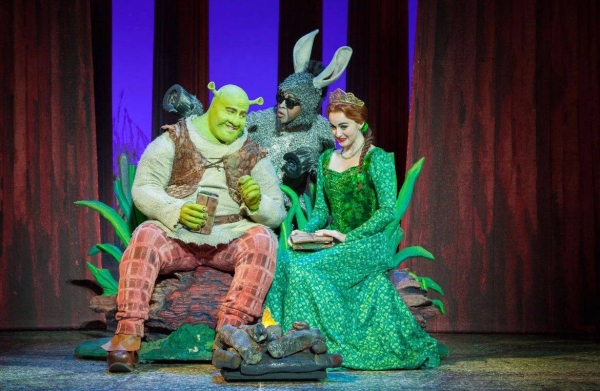
The British Museum is putting on a big exhibition of the print works of Pablo Picasso, one of the finest graphic artists of the 20th century, it will announce on Monday.
About 100 prints will reflect the life and loves of the artist with an extraordinary vision, best known for masterpieces include Guernica, one of the most powerful anti-war paintings.
The exhibits will range from his first professional print of 1904, considered one of the greatest in the history of printmaking, to later masterpieces of the 1960s including a remarkable set of hundreds of prints created when he was almost 87.
Catherine Daunt, the British Museum’s curator of modern and contemporary prints, said that the Picasso prints reveal his “relentless creativity and curiosity and eagerness to find new ways of making images”.
“He saw printmaking not just as a way of reproducing an image, but as something on paper that couldn’t be done on canvas,” she added.
The exhibition, titled Picasso: printmaker, will open with his first print as a professional artist, 1904’s The Frugal Meal, a powerful depiction of two emaciated figures. One of his lovers, Fernande Olivier, once described it as “an intense expression of poverty and alcoholism”.
Daunt said: “Much of his work at that time was … melancholy in tone … [This] was made during his blue period when most of his paintings had [a] blue and green palette. He was partly reflecting what he saw around him … in Montmartre. There were lots of people living in relative poverty around him – alcoholics, sex workers, itinerant performers, other artists like himself.”
The exhibition will feature the largest number of prints displayed from the remarkable 347 Suite, acquired by the British Museum in 2014. Named after the number of its sheets, it was created over seven months in 1968, in a burst of printmaking activity.
Daunt said: “He was contemplating his legacy and his contribution to art history, particularly in relation to the artists he revered. The suite is an outpouring of all of these thoughts and concerns, functioning as a visual diary of ideas, memories, fantasies and observations.”
Picasso, who died in 1973, said of the series: “As I draw, I watch my characters hour after hour and think about many crazy things; this is my method of writing fiction.”
Only five prints from the 347 have been shown before; 28 will be included in the British Museum show. Asked why it was not displaying the complete set, Daunt said its gallery typically had space for about 100 works: “This beautiful suite is [also] quite repetitive … Often Picasso was making six, seven or even eight prints in a single day and he was riffing on a theme … We felt it was actually more interesting to look at the whole of Picasso’s printmaking.”
In the 347, he was looking back on subjects that had preoccupied him throughout his career, such as the circus – in which he depicted his muse and second wife, Jacqueline Roque, as one of the acrobats – and the artist and model, some with an erotic tone so explicit that they could not be exhibited in the 1960s.
The British Museum’s collection of Picasso prints has grown dramatically in recent years to become the largest in the UK, with more than 500.
Its benefactor Hamish Parker enabled the acquisition of two celebrated series, the 347 and the Vollard Suite, a set of 100 etchings created between 1930 and 1937, which reflected Picasso’s interest in Greek and Roman art and mythology.
Nicholas Cullinan, the director of the British Museum, said: “Many people will be familiar with Picasso’s paintings, but this exhibition aims to build an appreciation of him as a master of printmaking and highlight how his lifelong experimentation with the medium inspired his creativity.”












